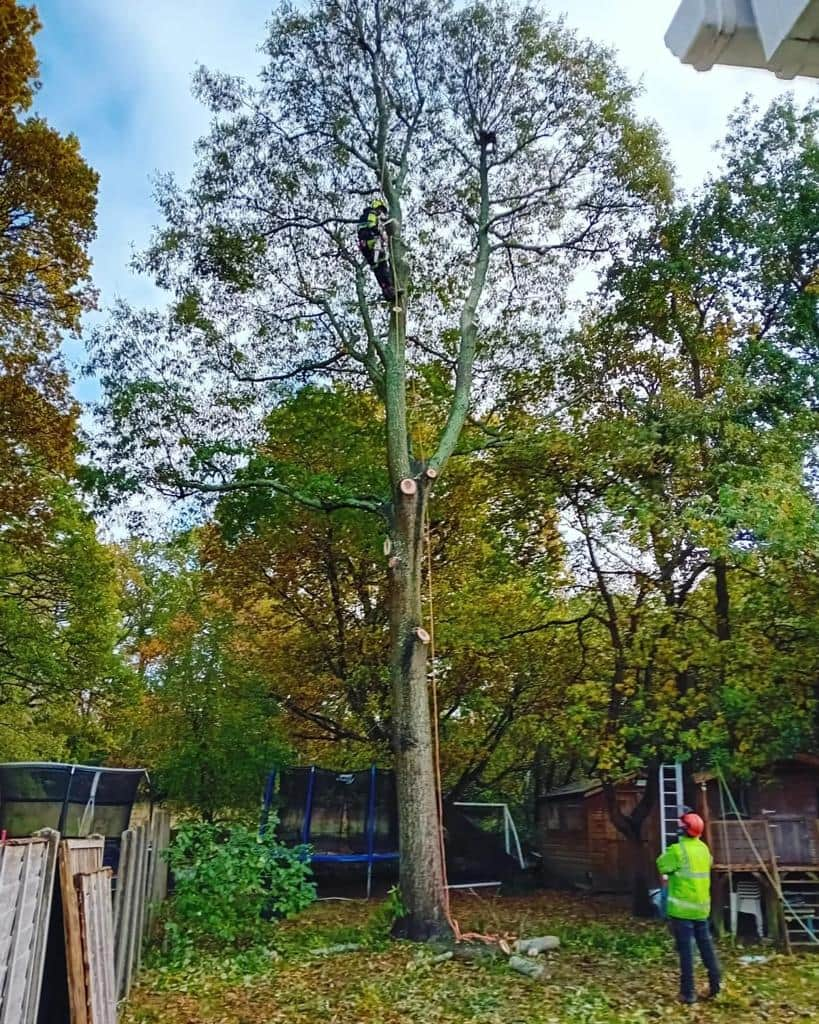Hedges serve as vital boundaries for gardens and properties, offering privacy, security, and an aesthetic appeal. However, over time, many hedges can become neglected, resulting in overgrowth, uneven shapes, and reduced vitality. At EM Tree Surgery Malmesbury, we understand the importance of maintaining healthy and well-shaped hedges. In this blog post, we’ll explore the process of hedge restoration, the benefits it provides, and how skilled cutting can bring your hedges back to life.
Understanding Hedge Restoration
Hedge restoration involves a series of pruning and cutting techniques designed to rejuvenate overgrown or neglected hedges. This process can enhance the health and appearance of the hedge, encouraging new growth and maintaining a tidy boundary for your property. Restoration can be applied to various types of hedges, including deciduous, evergreen, and flowering species.
The Benefits of Hedge Restoration
- Improved Aesthetics
- A well-maintained hedge significantly enhances the overall appearance of your garden or property. Restoration can transform an overgrown, untidy hedge into a neatly trimmed and healthy boundary, improving curb appeal and making your outdoor space more inviting.
- Increased Privacy and Security
- Over time, hedges can become sparse or uneven, compromising their ability to provide privacy. Restoration helps thicken the foliage and create a more robust barrier, ensuring your garden remains private and secure.
- Enhanced Health of the Hedge
- Neglected hedges often suffer from diseases and pest infestations due to poor airflow and light penetration. Skilled cutting allows for better air circulation and sunlight exposure, promoting overall health and vitality. This can lead to denser growth and a more vibrant appearance.
- Encouraging New Growth
- Regular pruning stimulates new growth, making your hedge fuller and more attractive. By cutting back older, woody stems, you encourage fresh shoots to develop, enhancing the hedge’s lushness.
- Environmental Benefits
- Well-maintained hedges provide habitats for wildlife, including birds, insects, and small mammals. Restoring hedges can help support local biodiversity by creating healthier ecosystems in your garden.
The Hedge Restoration Process
- Assessment
- The first step in the restoration process is to assess the condition of the hedge. This involves examining its height, density, and overall health to determine the best approach for cutting and shaping.
- Pruning Techniques
- Various pruning techniques can be employed, depending on the species of the hedge and its current condition:
- Rejuvenation Pruning: This involves cutting back the hedge significantly to encourage new growth. It’s typically done on older, overgrown hedges.
- Thinning: This technique involves removing some branches to improve air circulation and light penetration without drastically reducing the height or shape of the hedge.
- Shaping: Skilled cutting ensures that the hedge is shaped according to your preference, maintaining a neat and attractive appearance.
- Various pruning techniques can be employed, depending on the species of the hedge and its current condition:
- Post-Cutting Care
- After restoration, providing appropriate care is crucial for the hedge’s recovery. This may include regular watering, mulching, and monitoring for pests or diseases.
Conclusion
Hedge restoration is an essential service for homeowners looking to maintain the beauty and functionality of their outdoor spaces. Through skilled cutting and proper maintenance, neglected hedges can be revitalised, improving aesthetics, health, and environmental benefits.
Call us on: 01666 337 167
Click here to find out more about EM Tree Surgery Malmesbury
Click here to complete our contact form and see how we can help with your tree’s needs.

